ERC Proof-of-Concept grant awarded to E. Zaccarelli and S. Sennato
Two ISC researchers supported to turn their science into practice.
ISC researchers, E. Zaccarelli, S. Sennato in collaboration with I. Viola from CNR – NANOTEC won the ERC Proof-of-Concept grant with their project Microgel-nanoparticles colorimetric sensor for pesticide detection. This financial support will enable them to translate their pioneering research into tangible innovations.
More information can be found here.





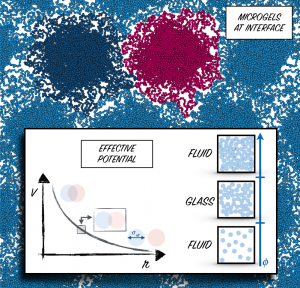
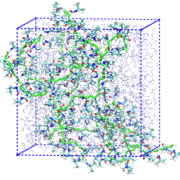
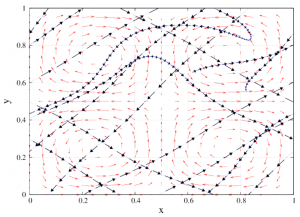
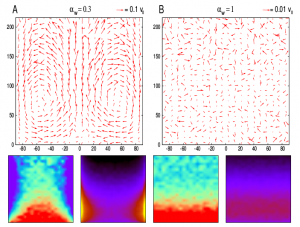

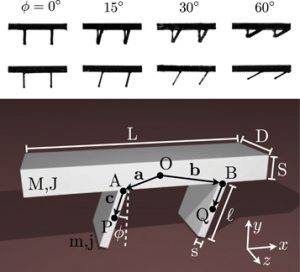


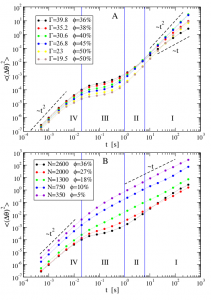
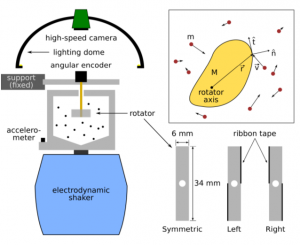
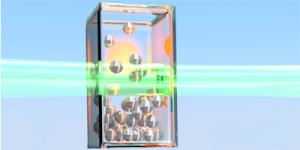 A random laser is usually obtained pumping light through a disordered medium. The dynamics of light through a heterogeneous configuration of scatterers and cavities provides emitted spectra with random and fluctuating peaks which have a wide range of applications and are nowadays subject to an intense theoretical activity. In this work we have added a new flavour to the idea of random lasers, replacing the usually static disordered medium with a vibrofluidized granular material.…
A random laser is usually obtained pumping light through a disordered medium. The dynamics of light through a heterogeneous configuration of scatterers and cavities provides emitted spectra with random and fluctuating peaks which have a wide range of applications and are nowadays subject to an intense theoretical activity. In this work we have added a new flavour to the idea of random lasers, replacing the usually static disordered medium with a vibrofluidized granular material.…